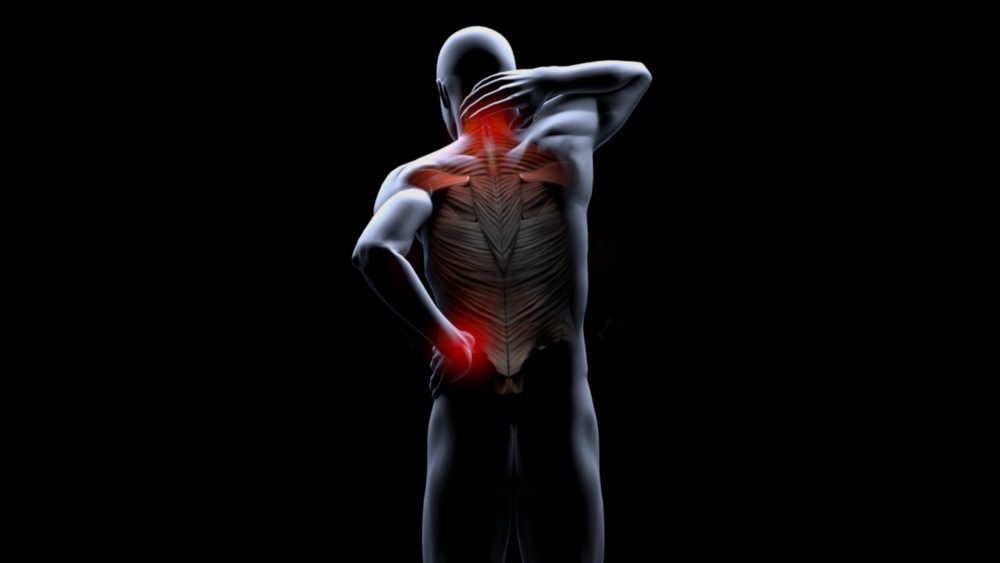Title: Understanding and Managing Muscle Contractures: Causes, Symptoms, and Treatments Revealed
Introduction
Muscle contractures can be a source of discomfort and hinder our movement abilities. They can affect people of all ages and physical activity levels. In this article, we will delve into the details of contractures, exploring their causes, symptoms, and available treatment options.
What are Muscle Contractures?
Contractures refer to a condition where a muscle or group of muscles contract abnormally, leading to stiffness and limited mobility. These contractions can be involuntary or caused by trauma or overexertion. Contractures can manifest in various parts of the body, including the neck, shoulders, back, arms, or legs.
Causes and Symptoms of Muscle Contractures
Contractures can arise from factors such as overexertion, poor posture, trauma, or muscle injury. Insufficient warm-up before physical activity or prolonged static positions can also contribute to their development. Symptoms of contractures can include localized pain, muscle stiffness, a feeling of tension, difficulty moving, and restricted range of motion. Additionally, contractures may lead to tingling, numbness, or muscle weakness.
Diagnosis and Treatment of Contractures
For an accurate diagnosis, it is crucial to consult qualified healthcare professionals like doctors or physical therapists. They may conduct physical examinations, review medical history, and employ diagnostic tests like x-rays or MRIs to confirm the presence of contractures and determine their root causes.
The treatment of contractures depends on their severity and underlying cause. Common treatment options include stretching and exercise to relax and restore muscle flexibility, therapeutic massage to promote muscle relaxation and blood circulation, physical therapies like hot or cold therapy, electrostimulation, or ultrasound to reduce pain and muscle tension, the use of anti-inflammatory drugs or muscle relaxants to alleviate pain and decrease contracture, and complementary therapies such as acupuncture or manual therapy that some individuals find beneficial.
Prevention of Muscle Contractures
Taking precautions and implementing certain strategies can aid in preventing muscle contractures. Key prevention tips include:
– Regular exercise to maintain muscle strength and flexibility
– Adequate warm-up before intense physical activities to prepare muscles for movement
– Practicing good ergonomics and correct lifting techniques to avoid muscle overload
– Allowing sufficient rest and recovery time after demanding physical activities
Conclusion
Muscle contractures can cause pain and limit functionality, but through appropriate treatment and preventive measures, symptoms can be relieved, and muscle function can be restored. Consulting a healthcare professional for a proper diagnosis and personalized treatment plan is crucial. Always remember to prioritize muscle health and undertake necessary preventive measures to prevent the occurrence of contractures.
Sources:
